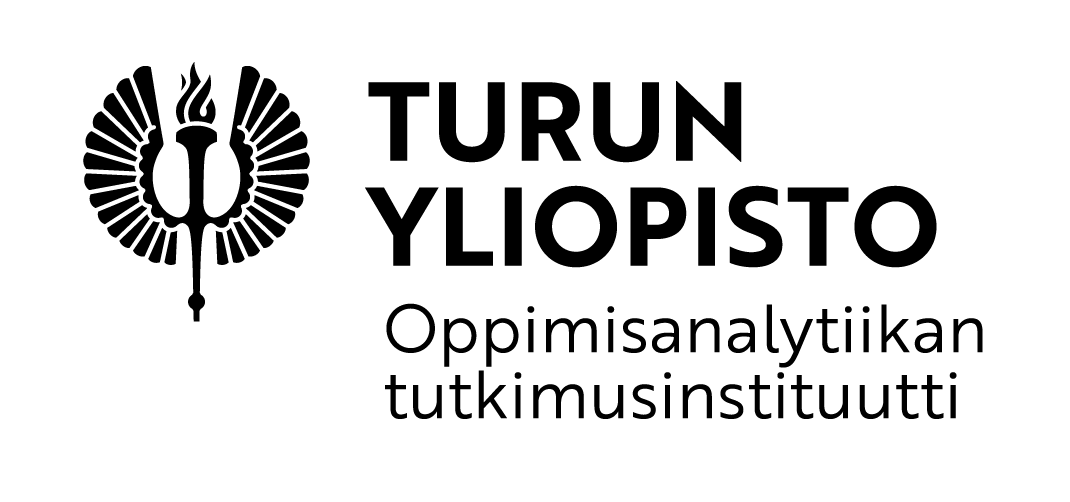Measuring Competence to Provide Suitable Exercises
In comprehensive education math exams the students are expected to demonstrate their understanding of the topics covered during the learning period. In addition the exams often include word problems that require applying learned methods to mathematical problem-solving. Each summative test primarily assesses the mastery of the recently studied topic, but a strong foundation in the number system and basic arithmetic operations remains essential. Gaps of knowledge in these areas, math anxiety, or the lack of motivation can lead to underperformance in exams. Numeracy exercises have been specifically designed to reduce these challenges, reflected in our approach: a second opportunity to learn numeracy.
Testing is also beneficial for learning itself. The process of recalling information during knowledge testing can significantly improve knowledge retention. Frequent quizzes or exams can encourage students to study more consistently, making knowledge testing a part of the learning process.

Numeracy skills can be assessed in ViLLE through tests where tasks are categorized by difficulty level, ranging from A1.1 to B2.2. For example, if a student successfully completes tasks up to level A2.1, the teacher can assign a student practice tasks starting from the next level.
Starting from A1.1, the following areas are tested: Number System, Basic Arithmetic Operations, Geometry, Time and Measurement. Other areas are assessed only from A2.1 onwards, as they require at least a satisfactory understanding of the fundamentals of the number system.
ViLLE’s digital tests assess competence through tasks such as: selecting the correct image, categorising concepts, completing number sequences, interpreting graphs and analyzing tables. Students are encouraged to use pen and paper for calculations, and at level B2 a calculator is also necessary.
The Use of Digital Support Materials and the Context of tasks
The use of technology in mathematics education has both advantages and drawbacks. Since the time in the classroom is limited and textbooks may not always provide engaging content, many teachers could benefit from easy-to-use supplementary materials that also offers learning analytics to track progress. Numeracy exercises are designed for maturing students, and difficulty levels are adjusted to suit their individual needs.
Testing can provide teachers with valuable insights into mathematical concepts that should be well understood after years of study but still require reinforcement. Some common gaps identified at different grade levels include:
Insights from Numeracy Tests – Challenges in everyday Maths
- What is an even or an odd number? (5th grade, Number System)
- What do product, quotient, and sum mean? (5th grade, Basic Arithmetic operations)
- Two hours ago, in three hours (3rd grade, Time and Measurement)
Go to the page: Numeracy areas
